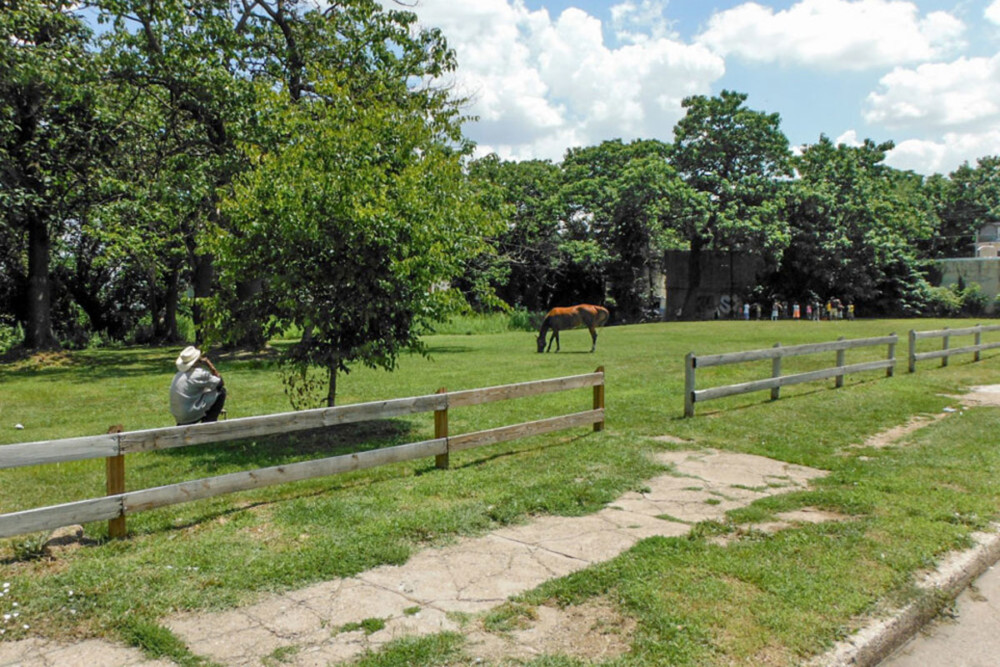
Making the case for clean: greening vacant lots increases property values, according to a new study
A new white paper from PHS & University of Pennsylvania analyzed over 4700 vacant greened lots. Here’s what it found.
In a rapidly changing city, improving vacant lots does a lot for surrounding neighborhoods.
Greening vacant lots with trash removal, fencing, and maintaining trees and lawns increased property values, according to a new research paper released by the Pennsylvania Horticultural Society (PHS) & University of Pennsylvania. The study analyzed 4700 vacant lots greened through the PHS LandCare program from 2007-2017.
Home values within 1000 feet of the greened lot (on average 18 homes) experience a 4.3% property value increase within the first year, with an average rise of 13% over 6 years. Neighborhoods with a household income 20-40% higher than the city’s median household income benefit the most from these changes.
The cost to green a lot is $2500 on average, with about $400 annually for upkeep.
With a city concerned with gentrification, the study states that the increased property values are not widespread enough to contribute to displacement in a neighborhood. This is due to the small number of houses in the neighborhood affected by the property value increase.
Research shows that neighborhoods with green lots have additional social benefits like 29% less gun violence, 22% fewer burglaries, and a 30% decrease in illegal dumping.
For more information, read the full study here.
Cover photo: Penn








